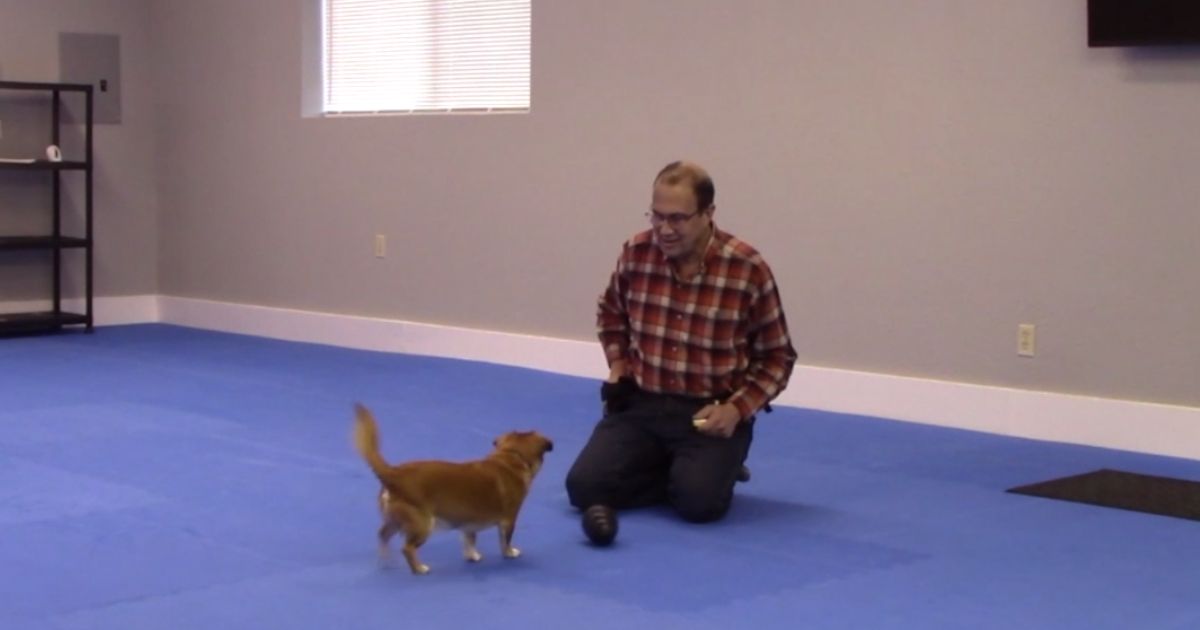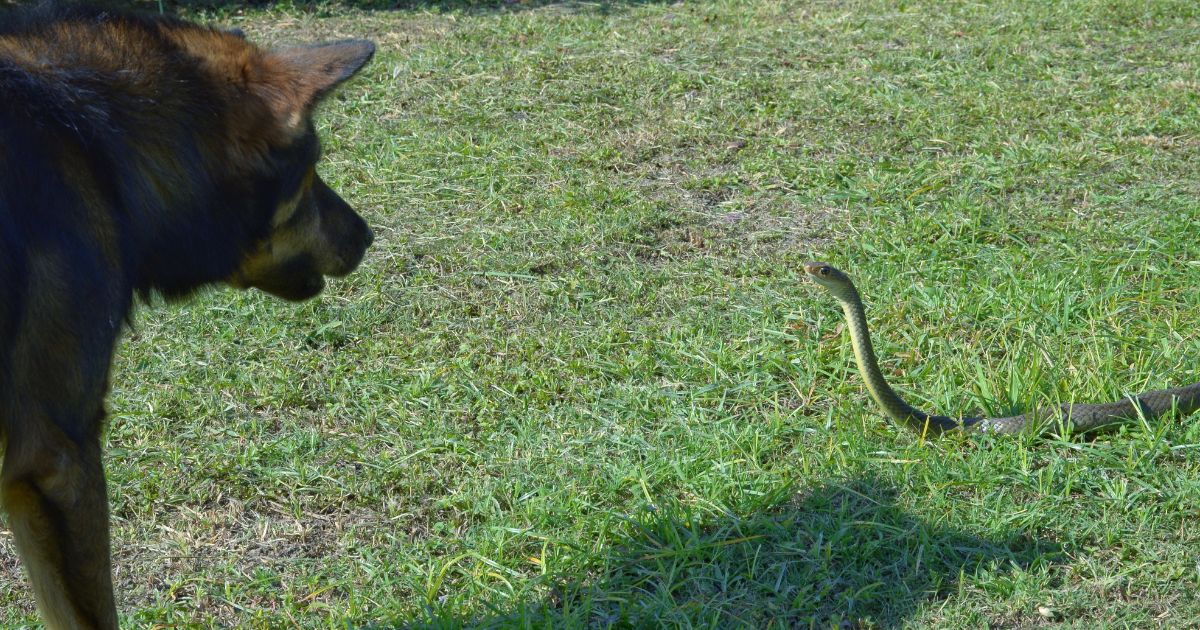Ken Ramirez is the Executive Vice-President (EVP) and Chief Training Officer of Karen Pryor Clicker Training (KPCT). A 50+-year veteran of animal care and training, Ken is a biologist and animal behaviorist who has overseen or consulted on training projects for many zoological organizations throughout the world. He began his training career working with guide dogs for the visually impaired and continues to work with organizations training dogs for service work, search-and-rescue, bomb detection, and narcotic detection. Ken has also maintained a close affiliation with pet training throughout his career.
Prior to his work with KPCT, Ken served as EVP of Animal Care and Animal Training at Chicago’s Shedd Aquarium where he developed and supervised animal care and animal health programs, staff training and development, and public presentation programs for more than 32,000 animals.

The Butterfly Project
As I write this article, I am in the middle of an exciting and quite lengthy period of travel. Jokingly, I have referred to this as my International Consulting

The Steep Price of Conservation
My letters are usually training-related, but this time I want to share with you a personal story that affected me in a profound way. The details of the

Conservation Training
One of my greatest passions is conservation training; I lecture about this topic at every opportunity. I always end my talks with a call to action, inviting more

Foundation Behaviors: A Practical Perspective
I am asked regularly, “What are the first behaviors that we should train our animals? Does the order matter? How do we determine what should be trained first?”

Snake Avoidance: A Positive Reinforcement Approach
Snake-avoidance training can be a lifesaver for dogs that live among venomous snakes. A common way to train snake avoidance is to pair a strong aversive, like an electric

